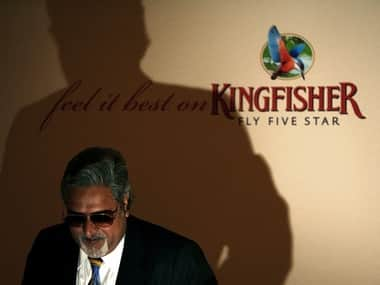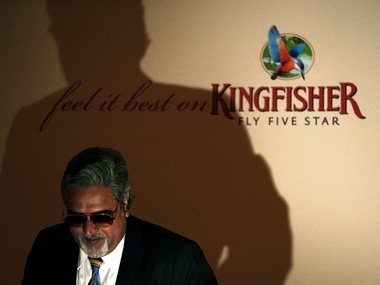Four years and four months is what it took liquor baron Vijay Mallya to learn a bitter lesson: that running two different business models in one airline company is a recipe for disaster .
On Wednesday, the flamboyant owner of Kingfisher Airlines announced dolefully that he was shutting his low-cost airline operation which goes under the inadvertently appropriate name of Kingfisher Red.
Mallya, who has never been able to blot the “Red” out of his balance-sheet ever since he bought Air Deccan in June 2007, now says ruefully: “We don’t believe in low-cost operations anymore.”
Actually, he is not quite right here, even though his statement is based on the fact that yields are better in his full-services wing, Kingfisher Class, rather than in Kingfisher Red.
In fact, the only airlines anywhere near break-even are the low-cost carriers SpiceJet and Indigo - which have focused and clear business models.
[caption id=“attachment_94912” align=“alignleft” width=“380” caption=“As on 31 March 2011, Kingfisher had accumulated losses of Rs 4,321 crore, which was more than 50 percent of the company’s total net worth. Reuters”]
 [/caption]
[/caption]
Kingfisher’s egregious mistake was not in trying to run a low-cost carrier (LCCs), but in failing to recognise that it cannot run a full-service carrier (FSC) and an LCC in the same company. It’s like tying a horse and a mule to run the same race. One is built for speed and the other for endurance.
Impact Shorts
More ShortsThe world over, almost no FSC has successfully managed to run an LCC under the same umbrella even when the latter has been run as a subsidiary. British Airways tied up with Go (an LCC) and failed. Delta tried a budget wing with Song and failed.
But both Kingfisher and Jet compounded their mistakes by running FSC and LCC in the same company. Kingfisher has now acknowledged that its Air Deccan acquisition was not an inspired one, but Jet Airways is still to throw in the towel on its Air Sahara acquisition. Its combo of Jet and JetLite is not working any better.
Running two different business models in the same company is almost impossible because FSCs are about product differentiation and high-paying customers while LCCs are about delivering value-for-money. The two DNAs don’t match.
But both Jet and Kingfisher fell into the trap of integrating the two operations with very little brand and service differentiation.
Kingfisher’s hands were probably forced by a recent report of its auditor, BK Ramadhyani & Co, which said that the company’s ability to stay in the business would depend on its promoters’ being able to maintain a steady flow of funds into the company. It also said the company had not deposited money collected from employees as tax deducted at source and provident fund contributions.
As on 31 March 2011, Kingfisher had accumulated losses of Rs 4,321 crore, which was more than 50 percent of the company’s total net worth. It has restructured debt of Rs 6,000 crore.
In the April-June quarter of this year, the airline reported losses of Rs 264 crore as against Rs 187 crore in the corresponding quarter of the previous year. Contrast this with what Mallya said in 2007 when he bought Air Deccan. He said Air Deccan had lowered fares too aggressively, and would be raising fares. “The important thing is that it is not going to operate at a loss anymore.”
With losses still being racked up, the company recently rejigged its debt and sought shareholders’ approval for a Rs 2,000 crore rights issue of equity.
Without dumping the Kingfisher Red model, few shareholders would have subscribed to the issue. Kingfisher shares are currently languishing at a low Rs 25 as against its 52-week high of Rs 90.
)